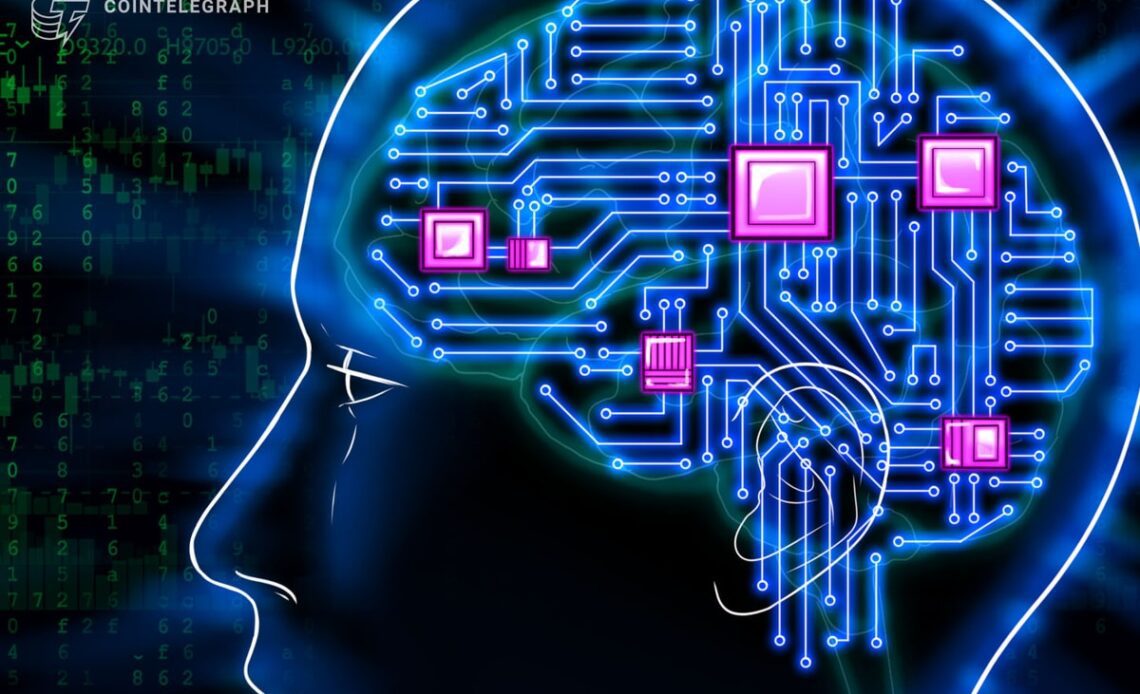Generative artificial intelligence models such as OpenAI’s ChatGPT are trained by being fed giant amounts of data, but what happens when this data is copyrighted?
Well, the defendants in a variety of lawsuits currently making their way through the courts claim that the process infringes upon their copyright protections.
For example, on Feb. 3, stock photo provider Getty Images sued artificial intelligence firm Stability AI, alleging that it copied over 12 million photos from its collections as part of an effort to build a competing business. It notes in the filing:
“On the back of intellectual property owned by Getty Images and other copyright holders, Stability AI has created an image-generating model called Stable Diffusion that uses artificial intelligence to deliver computer-synthesized images in response to text prompts.”
While the European Commission and other regions are scrambling to develop regulations to keep up with the rapid development of AI, the question of whether training AI models using copyrighted works classifies as an infringement may be decided in court cases such as this one.
The question is a hot topic, and in a May 16 Senate Judiciary Committee hearing, United States Senator Marsha Blackburn grilled OpenAI CEO Sam Altman about the issue.
While Altman noted that “creators deserve control over how their creations are used,” he refrained from committing not to train ChatGPT to use copyrighted works without consent, instead suggesting that his firm was working with creators to ensure they are compensated in some way.
AI companies argue “transformative use”
AI companies generally argue that their models do not infringe on copyright laws because they transform the original work, therefore qualifying as fair use — at least under U.S. laws.
“Fair use” is a doctrine in the U.S. that allows for limited use of copyrighted data without the need to acquire permission from the copyright holder.
Some of the key factors considered when determining whether the use of copyrighted material classifies as fair use include the purpose of the use — particularly, whether it’s being used for commercial gain — and whether it threatens the livelihood of the original creator by competing with their works.
The Supreme Court’s Warhol opinion
On May 18, the Supreme Court of the United States, considering these factors, issued an opinion that may play a significant role in the future of…
Click Here to Read the Full Original Article at Cointelegraph.com News…
























